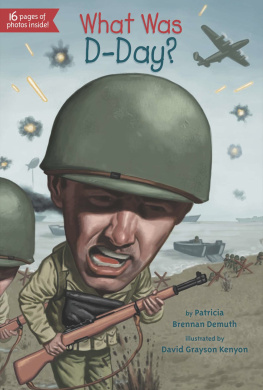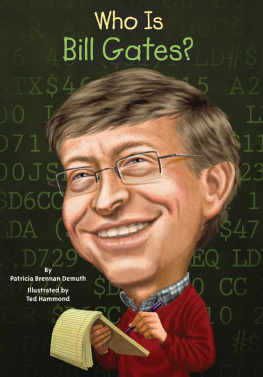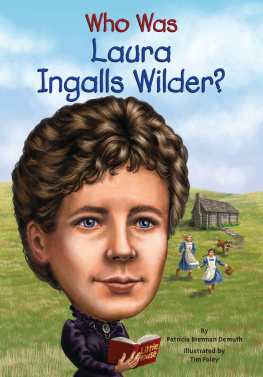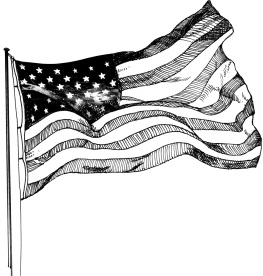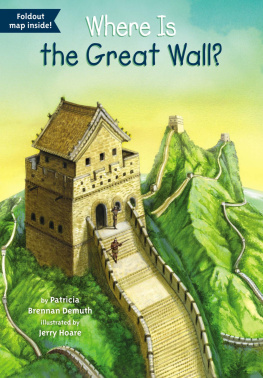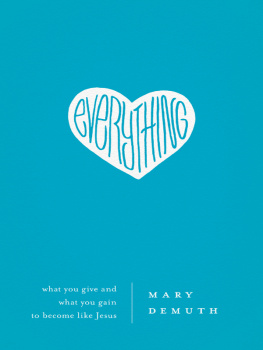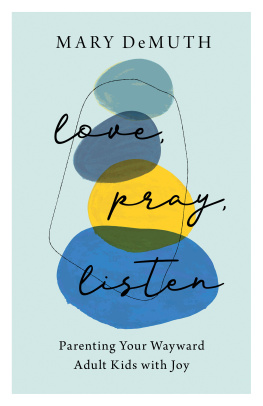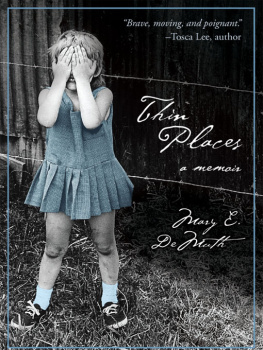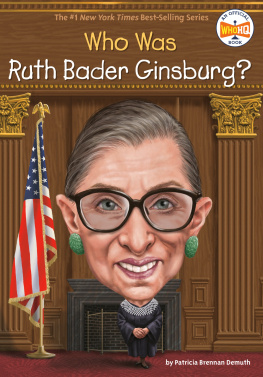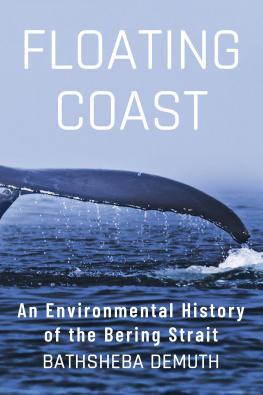Demuth - What Was D-Day?
Here you can read online Demuth - What Was D-Day? full text of the book (entire story) in english for free. Download pdf and epub, get meaning, cover and reviews about this ebook. year: 2015, publisher: Penguin Young Readers Group, genre: History. Description of the work, (preface) as well as reviews are available. Best literature library LitArk.com created for fans of good reading and offers a wide selection of genres:
Romance novel
Science fiction
Adventure
Detective
Science
History
Home and family
Prose
Art
Politics
Computer
Non-fiction
Religion
Business
Children
Humor
Choose a favorite category and find really read worthwhile books. Enjoy immersion in the world of imagination, feel the emotions of the characters or learn something new for yourself, make an fascinating discovery.
- Book:What Was D-Day?
- Author:
- Publisher:Penguin Young Readers Group
- Genre:
- Year:2015
- Rating:3 / 5
- Favourites:Add to favourites
- Your mark:
- 60
- 1
- 2
- 3
- 4
- 5
What Was D-Day?: summary, description and annotation
We offer to read an annotation, description, summary or preface (depends on what the author of the book "What Was D-Day?" wrote himself). If you haven't found the necessary information about the book — write in the comments, we will try to find it.
What Was D-Day? — read online for free the complete book (whole text) full work
Below is the text of the book, divided by pages. System saving the place of the last page read, allows you to conveniently read the book "What Was D-Day?" online for free, without having to search again every time where you left off. Put a bookmark, and you can go to the page where you finished reading at any time.
Font size:
Interval:
Bookmark:

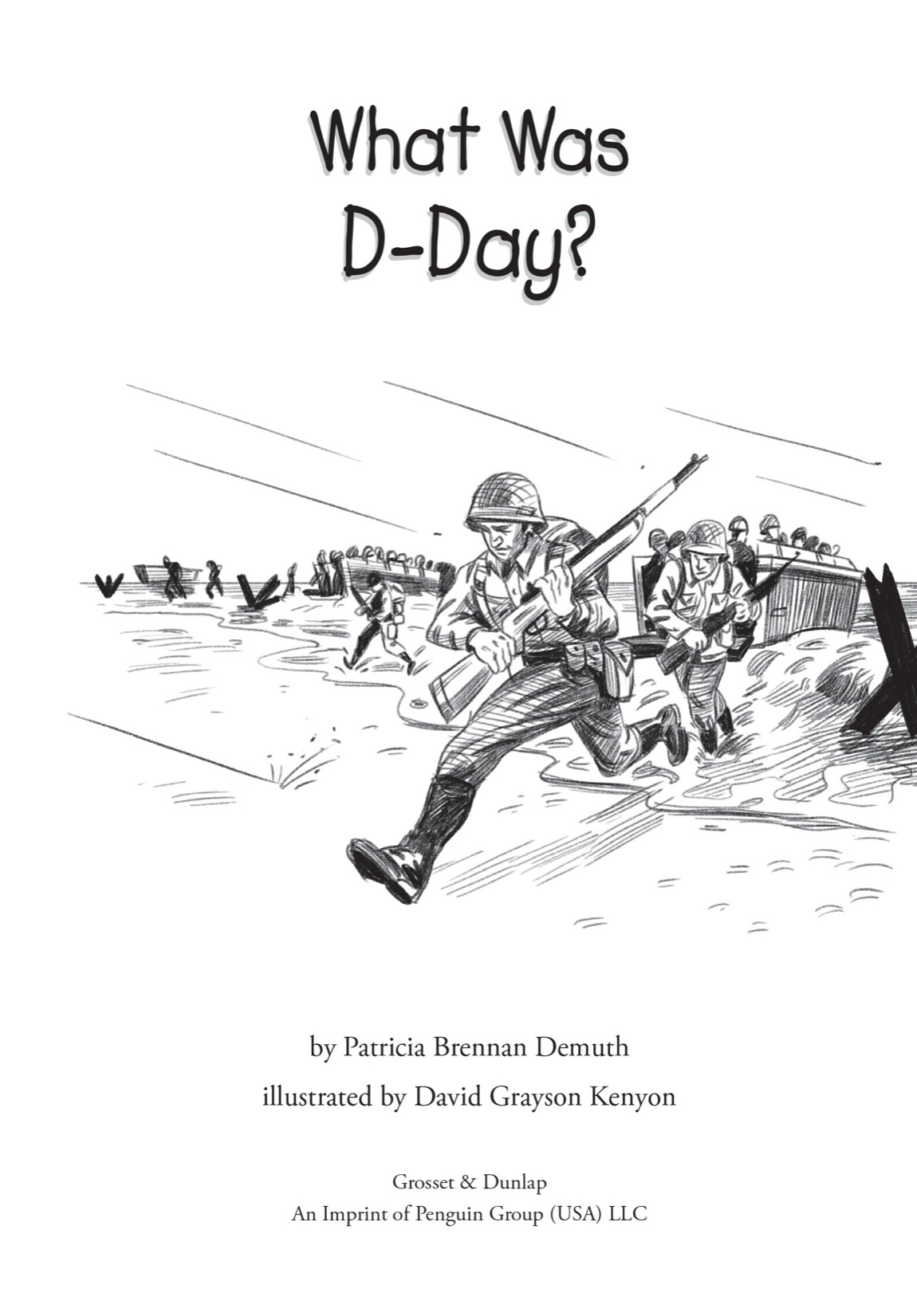
For all the brave who fight for freedom and peacePBD
GROSSET & DUNLAP
Published by the Penguin Group
Penguin Group (USA) LLC, 375 Hudson Street, New York, New York 10014, USA

USA | Canada | UK | Ireland | Australia | New Zealand | India | South Africa | China
penguin.com
A Penguin Random House Company
Penguin supports copyright. Copyright fuels creativity, encourages diverse voices, promotes free speech, and creates a vibrant culture. Thank you for buying an authorized edition of this book and for complying with copyright laws by not reproducing, scanning, or distributing any part of it in any form without permission. You are supporting writers and allowing Penguin to continue to publish books for every reader.
The publisher does not have any control over and does not assume any responsibility for author or third-party websites or their content.
Text copyright 2015 by Patricia Brennan. Illustrations copyright 2015 by Penguin Group (USA) LLC. All rights reserved. Published by Grosset & Dunlap, a division of Penguin Young Readers Group, 345 Hudson Street, New York, New York 10014. GROSSET & DUNLAP is a trademark of Penguin Group (USA) LLC.
Library of Congress Cataloging-in-Publication Data is available.
ISBN 978-0-698-19897-5
Version_1
June 6, 1944
In the dark hours before dawn, a giant war fleet was sailing across the English Channel to France. There were over 5,000 ships and boats of all shapes and sizes. More than 155,000 soldiers were on boardmostly American, British, and Canadian. They were called the Allies. Allies means friends joined together in a cause.
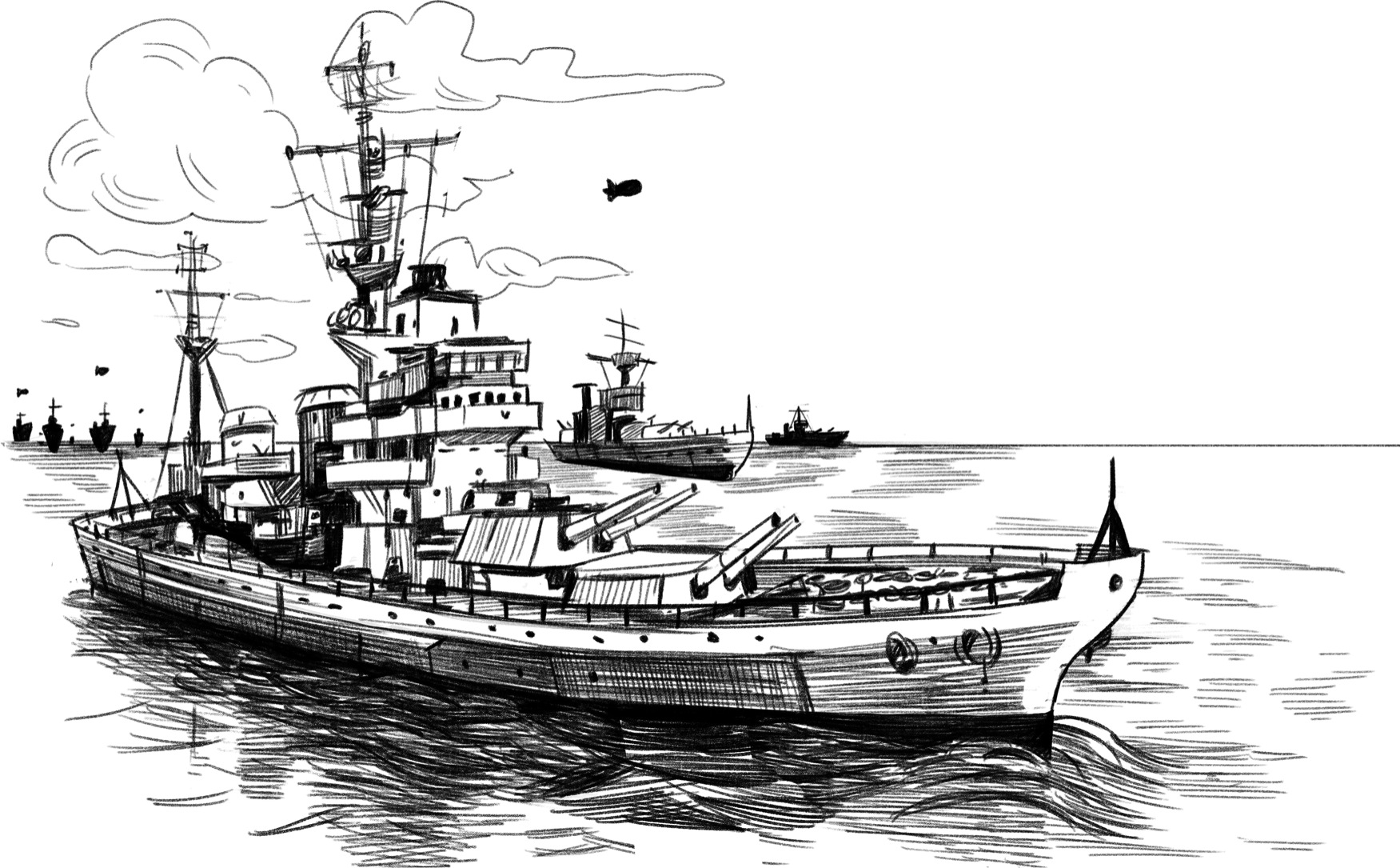
Another huge Allied force had just flown over the channel to France, filling 11,000 airplanes. All of these soldiers, on boats and in planes, were risking their lives to invade Europe and end World War II.
The Second World War had been raging for five years. It had started in 1939 when Adolf Hitler, the leader of Nazi (NAHT-see) Germany, invaded Poland. Now more than thirty nations were part of the war. The Germans had overtaken nearly all of mainland Europe. And World War II had become the bloodiest war that ever was.


The Allies were fighting Hitler. But so far, they had almost no troops on the ground in Europelet alone in Germany itself. There was only one way the Allies could defeat Nazi Germany and free Europe. They had to fightand beatHitler on his home ground.
But how?
First the Allies had to land a huge army on the coast of Franceplus tanks, trucks, and supplies. Then they had to fight their way inland for 700 miles to reach Berlin, the capital of Germany.
For nearly two years, the Allies planned the great invasion. Millions of people worked on it. Engineers invented new war machines. Factory workers produced new planes and tanks. Spies fed Hitler false reports. And nearly two million Allied soldiers trained hard in Britain.
Yet the whole invasion could fall apart. The Germans had built a wall of steel and concrete defenses up and down the coast. Could the first waves of Allied soldiers break through and gain control of the beaches and exit roads? That was the only way the rest of the troops could land.
If the D-Day soldiers failed, all would be lost. There was no backup plan. The Allies had thrown everything they had into this one.
D-Day is a code word for the day of any major military attack. But when people talk about D-Day now, they mean June 6, 1944. D-Day was a turning point in historyit was the beginning of the end of World War II.
The World at War
Germany was one of the countries defeated in World War I. That war killed nearly ten million soldiers between 1914 and 1918. After Germany surrendered, its cities lay in ruins and its economy was in shreds. There were hardly any jobs. People were starving.
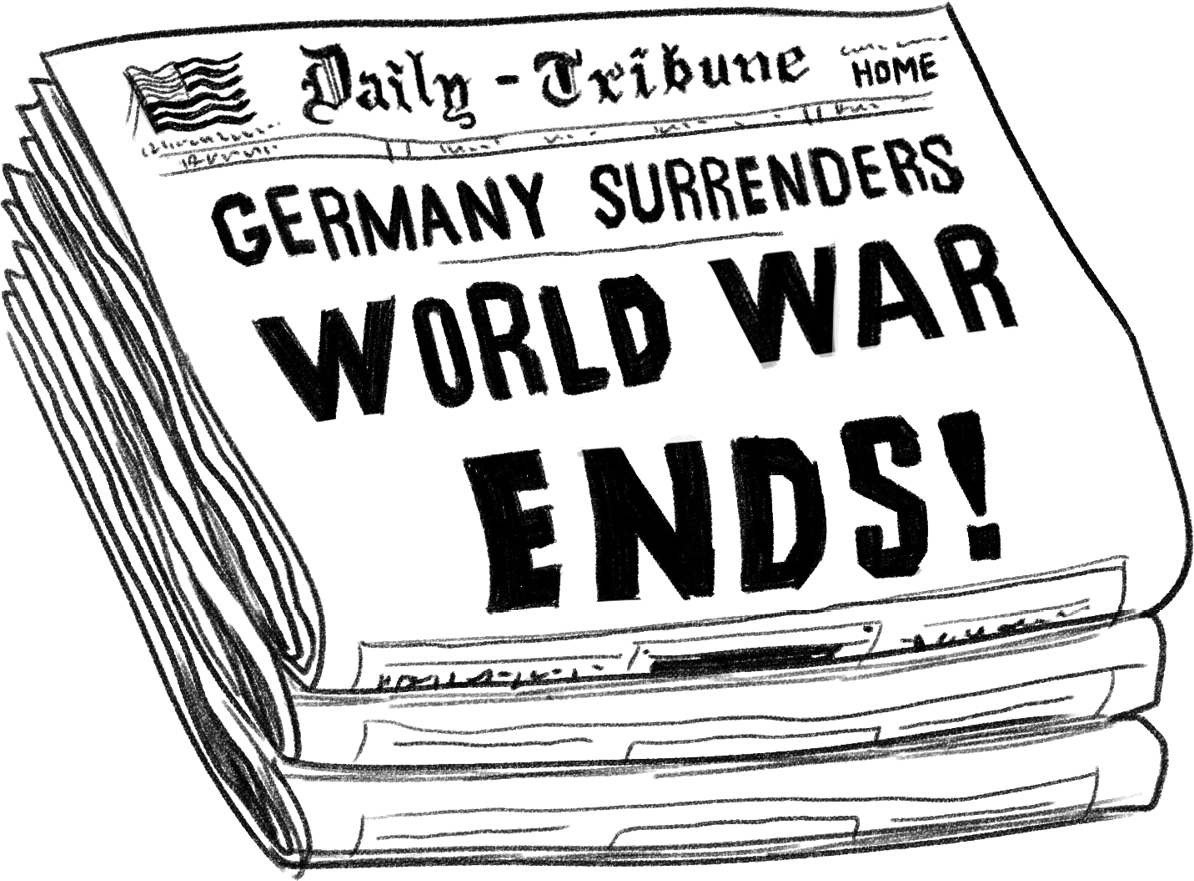
Then in 1933, Adolf Hitler, the leader of the Nazi party, rose to power. He stamped out democracy, making himself the dictator of Germany. Freedom disappeared. Hitler named certain groups enemies, especially the Jews.
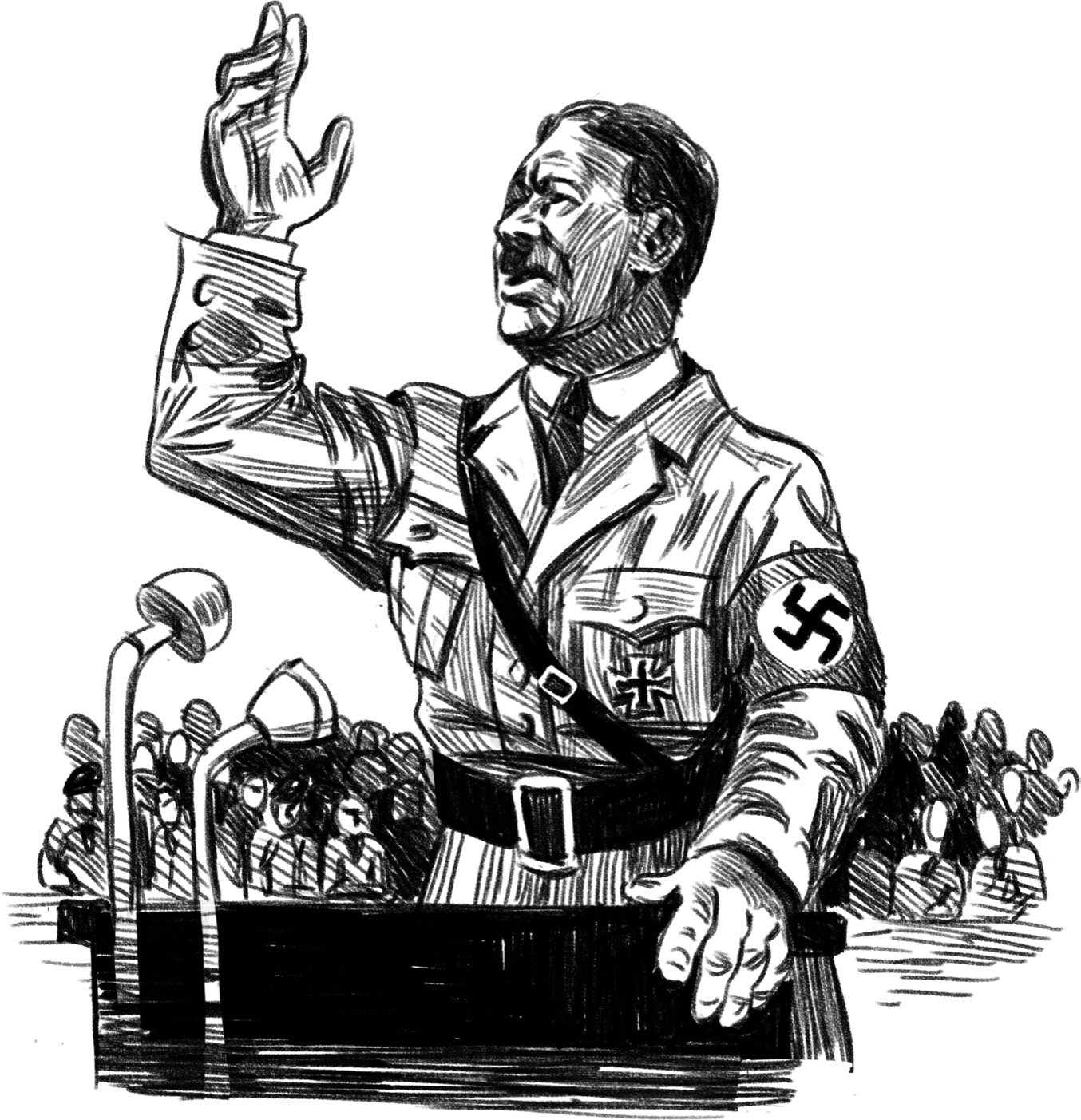
The Holocaust
Adolf Hitler, the Nazi leader of Germany, hated the Jewish people. His answer for solving Germanys problems was to get rid of all Jews. During the war, Hitler had eleven million people killed, including six million Jews. No one really understands what made Hitler commit such evil acts. The name given to the killing of these innocents is the Holocaust .
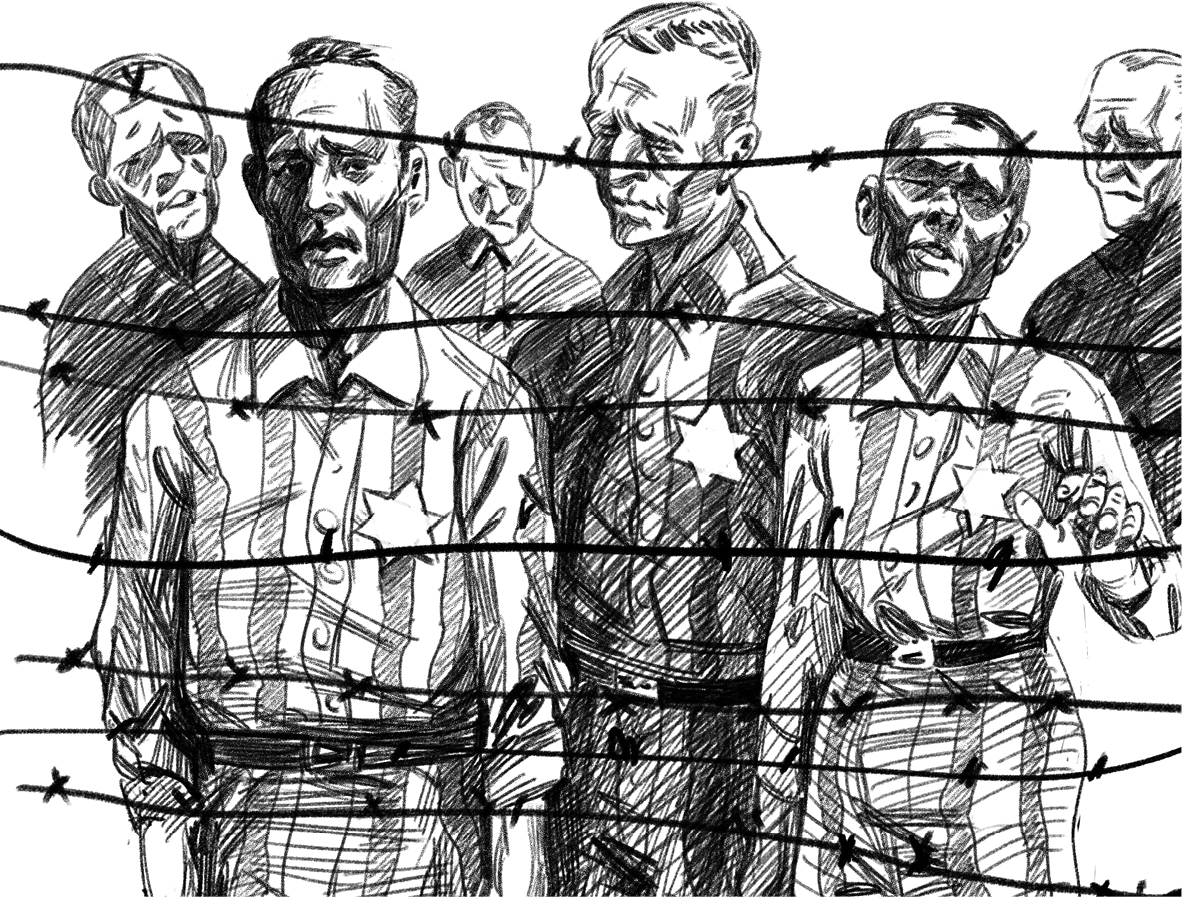
Hitler built up a powerful army with millions of well-trained soldiers. Their weapons were the best in the world. Then he set plans to conquer all of Europe... and beyond.
Without warning, in September 1939, Germany invaded Poland. First, bomber planes blasted Polish railroads, airfields, and telegraph lines. Then more than a million German ground troops plowed into Poland with tanks and heavy arms. This kind of attackbombing followed by a crush of tanksis called lightning war. The German word is blitzkrieg, or blitz for short.
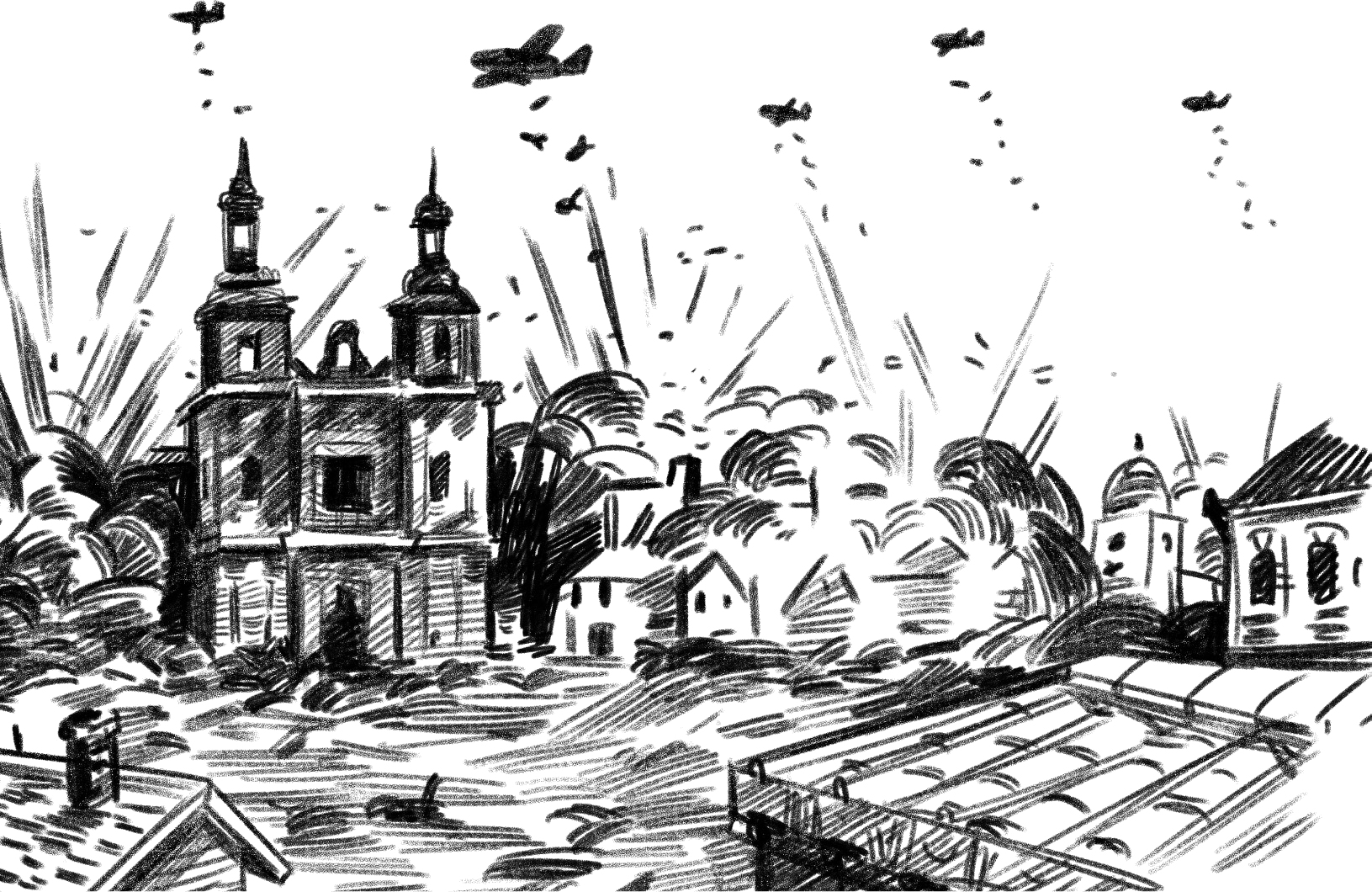
England and France immediately declared war on Germany. World War II had begun.
England and France were no match for the powerful Hitler. After Poland fell, German troops crashed through Denmark, Norway, Belgium, Luxembourg, and the Netherlands. In June 1940, France itself fell to the Germans. The free world was in shock.
On the other side of the world, Japan was overtaking lands in Asia and the Pacific. Japan signed an agreement with Germany in September 1940. Along with Italy, the three countries were called the Axis powers.

World War II Leaders
World War II was fought between groups of nations known as the Axis and the Allies. The major Axis leaders were Adolf Hitler (Germany), Benito Mussolini (Italy), and Hideki Tojo (Japan).
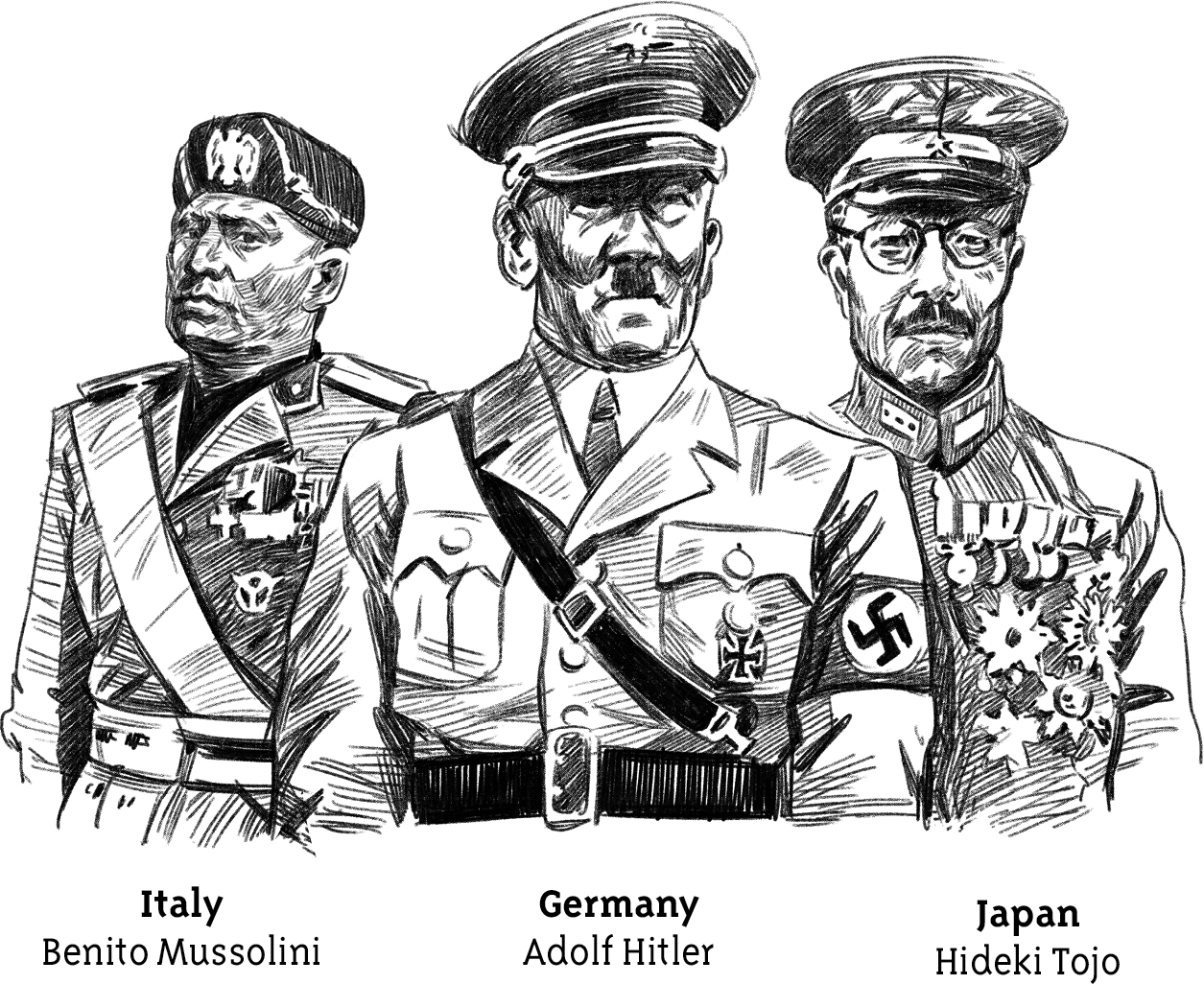
Font size:
Interval:
Bookmark:
Similar books «What Was D-Day?»
Look at similar books to What Was D-Day?. We have selected literature similar in name and meaning in the hope of providing readers with more options to find new, interesting, not yet read works.
Discussion, reviews of the book What Was D-Day? and just readers' own opinions. Leave your comments, write what you think about the work, its meaning or the main characters. Specify what exactly you liked and what you didn't like, and why you think so.

